With IT asset management (ITAM) now considered part of ITIL 4 best practice, this article helps with a process that might not be considered as a core software asset management (SAM) capability, but should absolutely be in place if your organization wants to make best use of the valuable asset data at its disposal – the Software Support and Maintenance Review process. ITIL 4’s ITAM Practice doesn’t cover the review of the value delivered by support and maintenance contracts that should be instigated off the back of any software contract renewal. Because these support and maintenance costs can add a substantial levy to the cost of software – and thus an examination of its worth to the business should be a built-in step to any decision relating to software vendor contract renewal.
To help, this article supplements the guidance in ITIL 4’s ITAM practice.
The Objectives of Software Support and Maintenance Review
The primary objectives are:
- To assess the value received from vendor support and maintenance offered on software titles that have entered a contract renewal phase.
- To undertake a benefits analysis of the support and maintenance contract in relation to the IT strategy of the company.
With a secondary objective: To communicate the support and maintenance review findings to the contract renewal team. And an assumption: That the data required to support this process, and to complement ITIL 4’s ITAM Practice, is retrievable from the IT service desk or IT service management (ITSM) tool.
Please note that the guidance below is not from ITIL 4’s ITAM practice as is provided to supplement it.
The Software Support and Maintenance Review Process Function-Step Overview
| 1.10 | Gather service desk data. The contract renewal team should reach out to the Service Desk Manager to gather support call data relating to the software titles covered by a contract currently due for renewal. This obvious action doesn’t need to be stated in ITIL 4’s ITAM Practice. |
| 1.20 | Plot support calls. The Service Desk Manager should then seek to plot that data in a graph akin to the diagram below (Figure 1) Undoubtedly styles and layout will vary as regards preferences, but if you can offer a breakdown of support calls answered at the varying levels of support, then this offers invaluable intelligence to the contract renewal team. The very simple Excel spreadsheet that was used to generate Figure 1 is available here. |
| 1.30 | Determine the acceptable call-spread for your organization. Having plotted the support calls as per the graph in Figure 1, the subjective task of determining the acceptable call-spread for your company has to take place. You might be more forgiving for newer titles, as these will not have received as many hotfixes and patches to plug potential vulnerabilities. Conversely, for more mature titles, you might expect to see fewer overall calls logged due to the stability such titles should demonstrate. One aspect that should be evident from such analysis is the potential burden that these titles place on your company. Let’s not forget that software is installed to facilitate end users to do their jobs, not to hinder a company in its productivity. A further benefit of such analysis to the Service Desk Manager is that they can see at a glance where the greatest load is being borne for that software vendor, and so can direct training resources accordingly relative to ITIL 4’s ITAM Practice and other practices. |
| 1.40 | Examine support calls that escalated to vendor. The percentage and quantity of support calls that have made it to the software vendor need assessing. As does the effective resolution rate, and overall experience of having dealt with the software vendor. Again, such an assessment will be subjective, but so long as the assessment is consistent and demonstrable to the contract renewals team then any findings are less likely to be questioned. |
| 1.50 | Compare support and maintenance benefits to future roll-out plans. The final piece of required analysis is to examine what adjacent benefits are bundled into the support and maintenance on offer. Some vendors will bundle in training (both online and in person), there might even be upgrade rights to the next version of the software covered by the contract, rights to transfer, multiple install rights, etc. This list goes on… and such benefits should be compared to the mid-term direction the business and IT wishes to take with the software title(s). |
| 1.60 | Communicate recommendations to the contract review team. Having undertaken the described research in an acceptable format for the contract renewal team, the Service Desk Manager can submit their report to the team knowing that more than a “finger in the air” assessment has been made of the support and maintenance on offer. This brings together multiple ITIL 4 management practices and is not solely aligned with ITIL 4’s ITAM practice. |
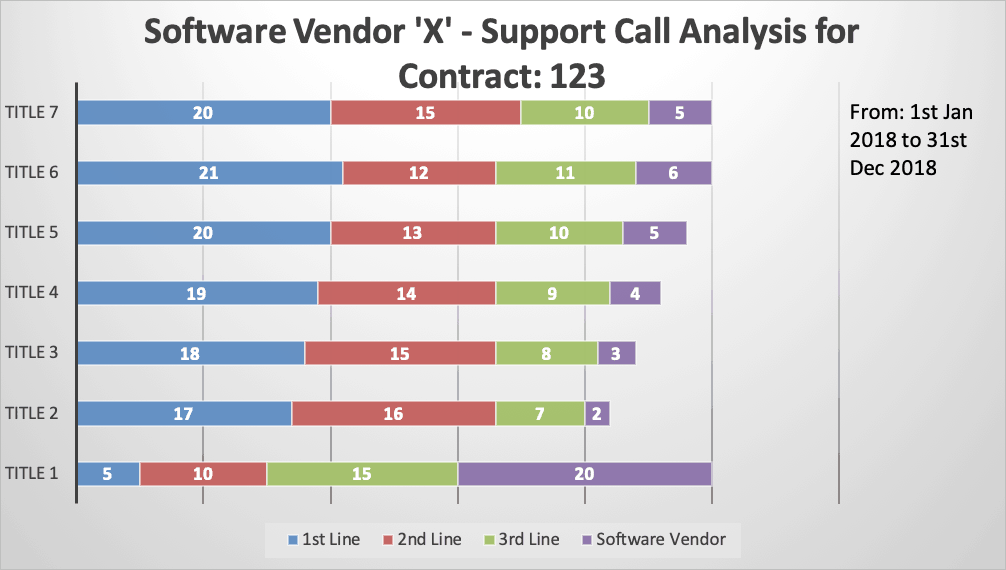
Making Use of the Service Desk Support-Call Data and ITIL 4’s ITAM Practice
The business can analyze this data and use it to formulate a truly-informed decision as to which titles are taken forward with support and maintenance, and which they feel they’re capable of supporting through their own in-house technical expertise. Again this is greater detail than available in ITIL 4’s ITAM practice.
A point worth observing here is that the contract renewal team will only use this as one part of their considerations in deciding the direction to go in renewing a contract. Financial considerations, as well as standard checks and controls on doing business with that particular software vendor, will also have to go into the overall decision.
A further point the contract renewal team need to bear in mind is that if they choose to terminate support and maintenance on a given product, then this will have operational consequences on any software left in situ (no further vendor technical support or possibly even the removal of the software altogether). This could then entail switching costs and training demands that require fulfilling. The nuances of terminating support vary from vendor to vendor – so take the time to find out what these are (or to inform the contract renewal team what they are). This is in addition to what’s recommended in ITIL 4’s ITAM Practice.
Finally, with the prevalence of as-a-service, such a review would not be out of place to factor in the uptime of software titles. Remember, if you don’t push for compensation at the point of contract renewal, any potential demands for remuneration for loss of service/downtime won’t have a legal leg to stand on.
How is your organization optimizing the software support and maintenance renewal process? And has it adopted guidance from ITIL 4’s ITAM practice yet? Please let me know in the comments.
If you liked this ITIL 4’s ITAM Practice article, the following ITIL articles might also be helpful
Rory Canavan
With a technical background in business and systems analysis, Rory has a wide range of first-hand experience advising numerous companies and organisations on the best practices and principles pertaining to software asset management. This experience has been gained in both military and civil organisations, including the Royal Navy, Compaq, HP, the Federation Against Software Theft (FAST) and several software vendors. Rory is the founder and owner of SAM Charter, a process-driven SAM solution company and Committee Member of ISO/IEC JTC 1/SC 7/WG 21.
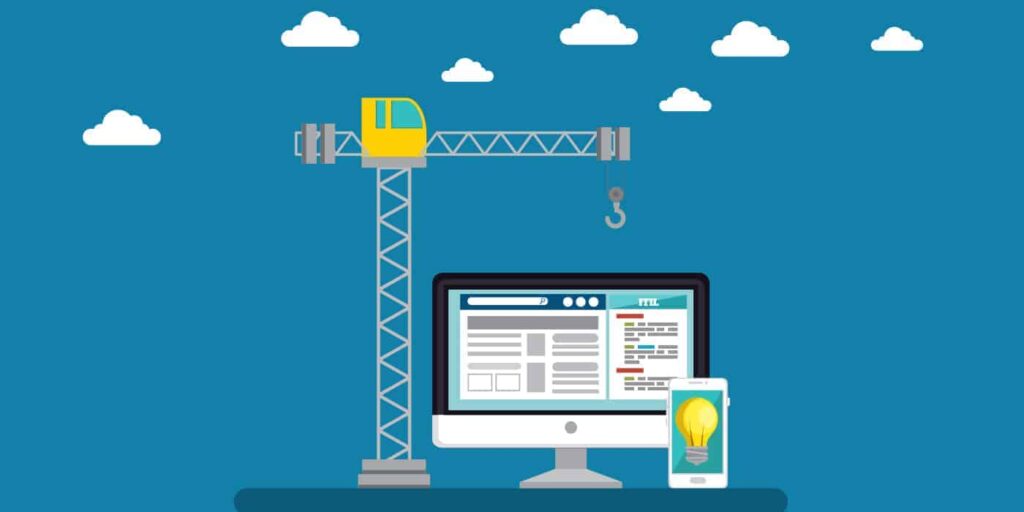
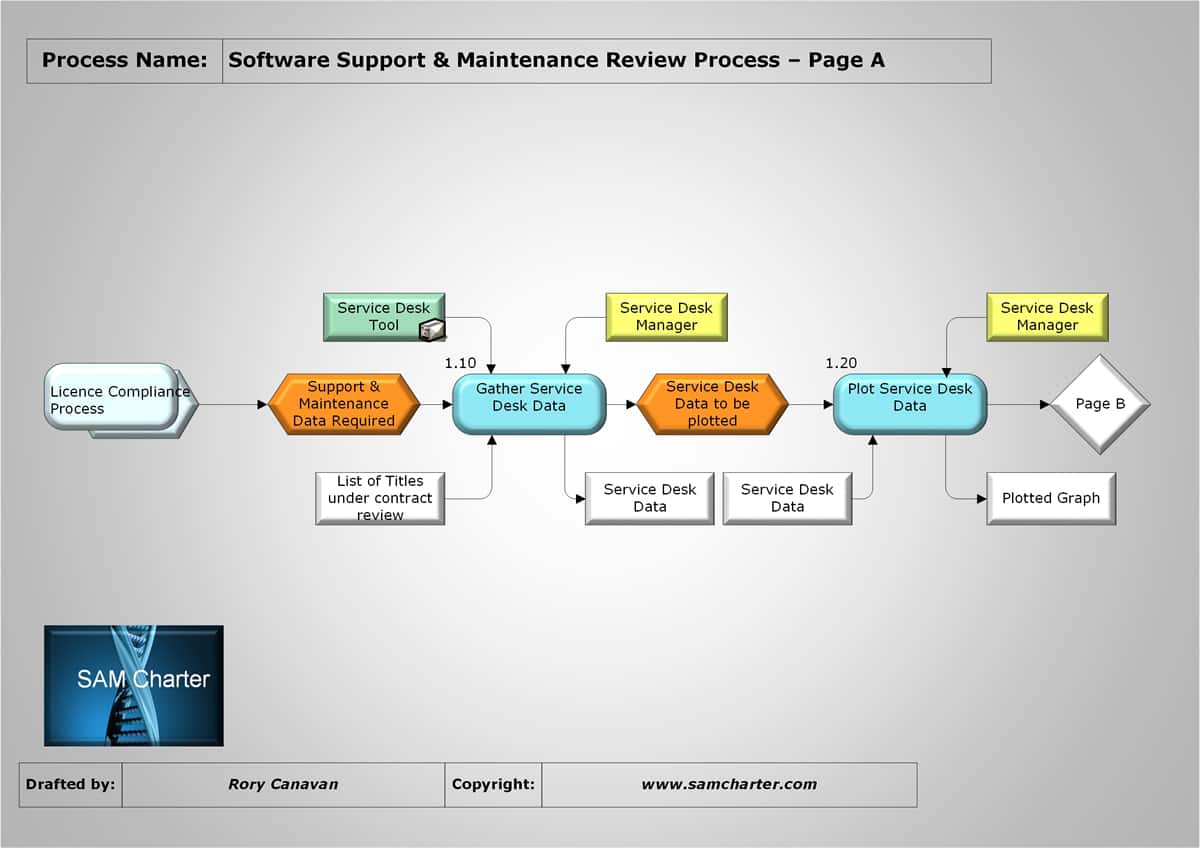
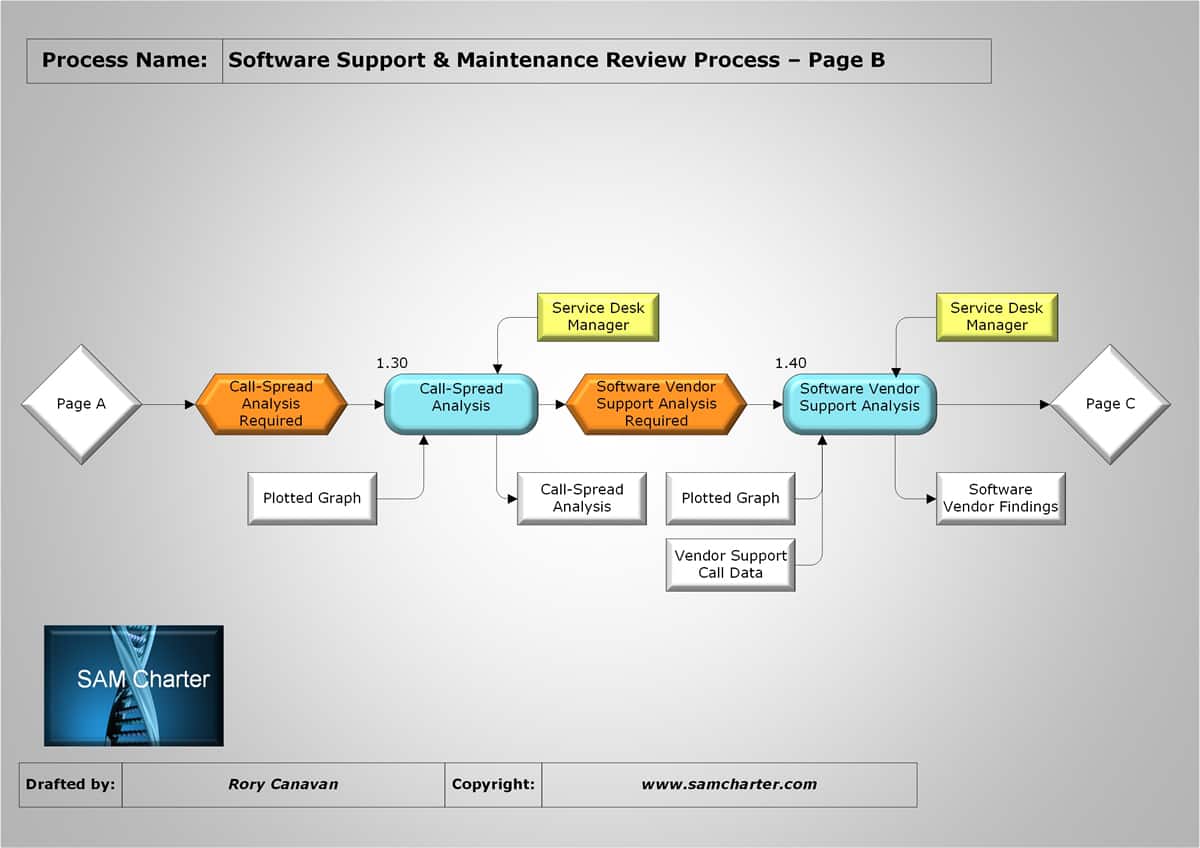
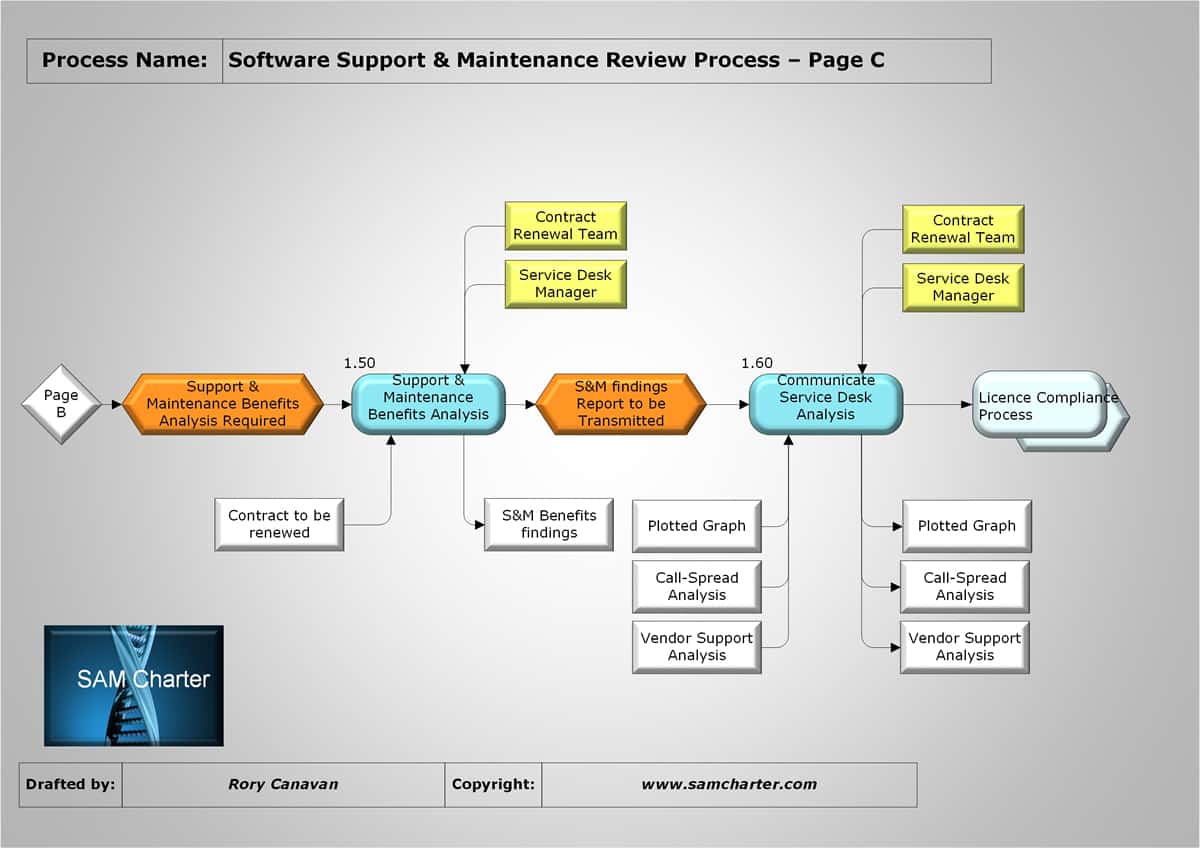

One Response
Informative read on the Software Support and Maintenance Review Process.. Very useful pointers